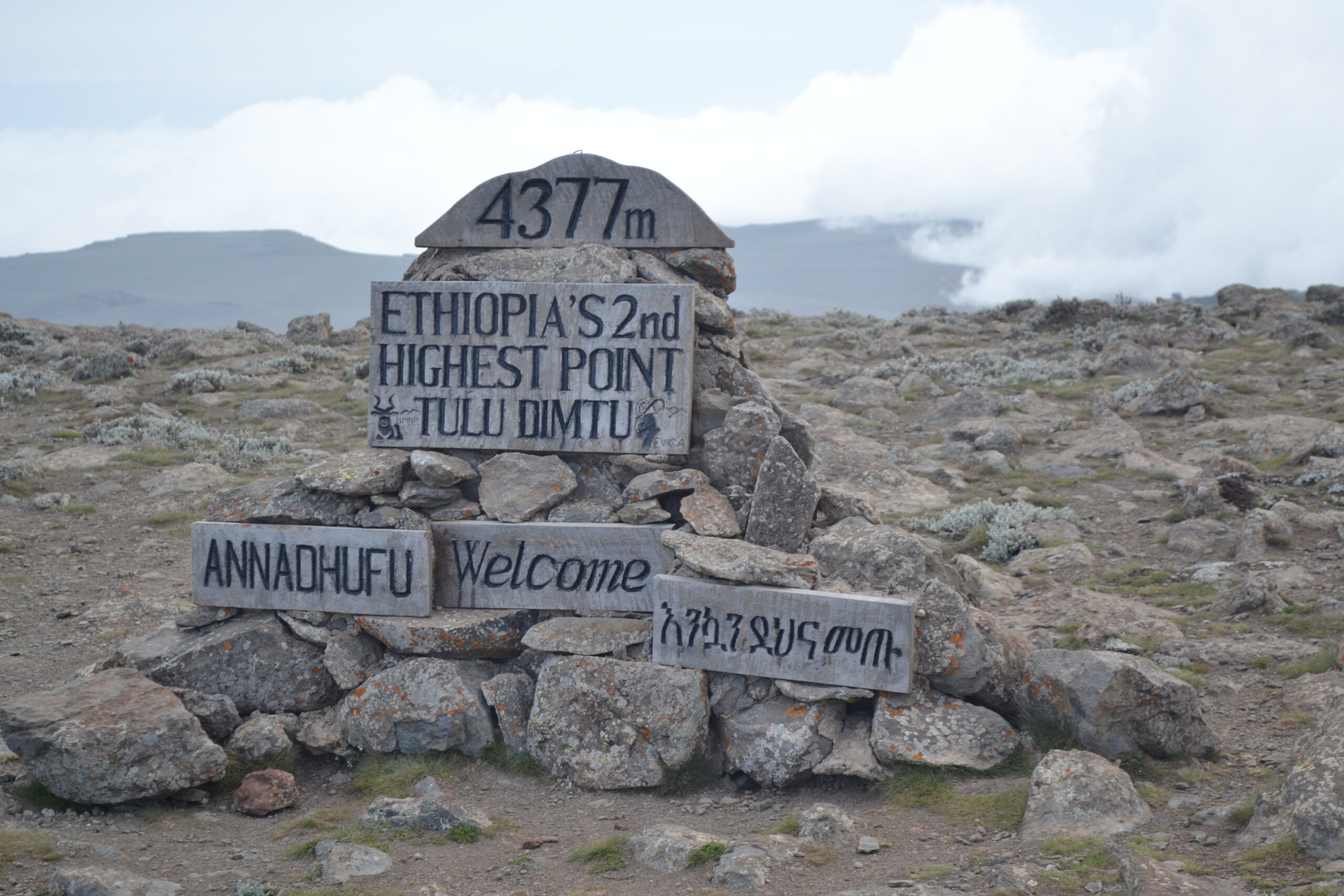Author(s) :
Volume/Issue :
Abstract :
This paper describes the rapidly changing phonological, morphological and lexical features in Amharic. The qualitative data collected from spoken and written sources suggest that Amharic sounds are being articulated differently. There is a tendency to articulate ejectives as non-ejectives and the flap as approximant. Shortening of syllables is frequent. There is a widespread replacement of /h/ by /k/ particularly in the 2MS agreement marking. In morphology, the locative marker ጋ /ga/ is being replaced with the accompaniment marker ጋር /gar/. The 2nd person respect form is being replaced by the 2nd person plural form. There is a tendency to replace the 1SG marker /-hu/ by /-w/ in verbs. Double case marking has become common. The use of incompatible tenses in written and spoken Amharic has become normal. Quite a large number of words are added into Amharic through derivation, compounding and semantic extension. Loan translation from English has brought a number of new words and expressions into Amharic. The extended greeting system is being reduced to ሰላም /sälam/ 'peace' or ሰላም ነው? /sälam n-äw/ 'Is it peaceful?'. There is a widespread use of ፒስ ነው? /pis näw/ lit. 'Is it peace?' combining English and Amharic. All the changes witnessed are either internally or externally motivated. The ongoing rapid change in the grammar and the lexicon are attributed to language contact, technological innovations and the change of the political landscape of the country since 1991. The young generation of speakers who enjoy ease of articulation and morphological economization in their interest to be viewed modern are the main actors. Quite a significant number of speakers believe that the language is developing, but at the same time worry, that it is suffering from unspeakable linguistic turbulence.
No. of Downloads :
12

